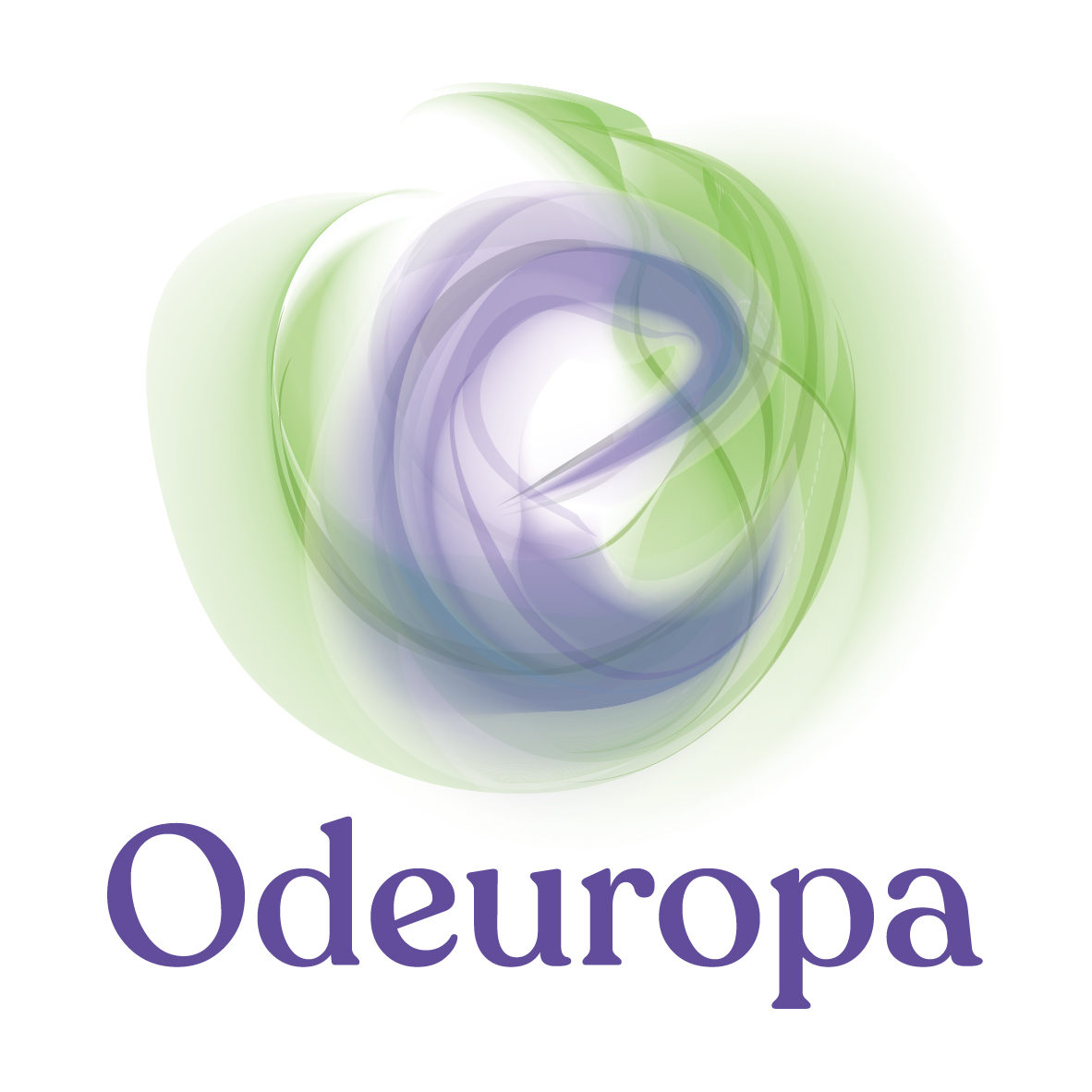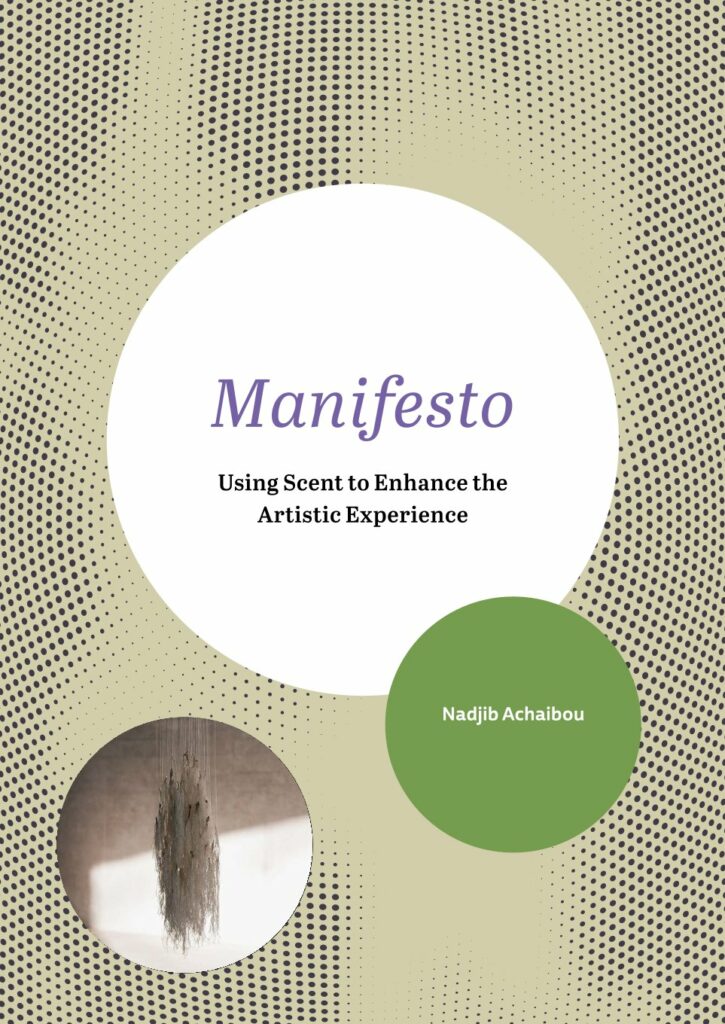
Historical Smell Manifestos for the Present and Future
The year 1909 is seen as the year that the artist’s manifesto was invented by Filippo Tommaso Marinetti, founder of Italian Futurism. It ushered in an entirely new genre in art history. Marinetti saw the manifesto as a way to stimulate societal and cultural change, something formerly reserved for politicians. Marinetti’s invention became a template for other artists and their movements.
Traditionally, manifestos are characterised by a point-by-point enumeration of everything a group favoured and opposed, as well as a description of practices followers must meet to be ‘future proof.’ Manifestos propagated new forms of education, proposed the reorganisation of ‘old’ institutions such as traditional museums, churches, art, universities, fashions, and eating habits.
The Futurists were the first group to publically embrace and legitimise the sense of smell via manifestos. In 1913, Carlo Carrà wrote about the possibility of painting sounds and smells in La pittura dei suoni, rumori, odori [The Painting of Sounds, Noise, Smells]. He argued that the tiniest whiff of scent can ignite creative processes. Two years later, in L’arte degli odori – Manifesto futurista [The Art of Smells – Futuristic Manifesto], Ennio Valentinelli presented smell as an autonomous tool for storytelling, poetry recitals, and artmaking.
The manifestos by Carrà and Valentinelli have served as historical inspiration for many artists, scholars, and perfumers in the past decade for example olfactory artist, Peter de Cupere (2014) and art historian, Caro Verbeek (2019). Odeuropa is inspired by these historical manifestos: to overcome odourphobia, educate the nostrils, ‘paint with smells’ and develop olfactory storytelling that aligns with museums, schools, and other (public) spaces.
For the Olfactory Storytelling Toolkit: A ‘How-to’ Guide for Working with Smell in Museums and Heritage Institutions, we invited four olfactory experts, an artist, a philosopher, a perfumer, and a neuroscientist to write their own smell manifesto. Just like Valentinelli, these visionaries or olfactionaries learn from the past, embrace smell, and exemplify how we can employ the full potential of this powerful but least understood sense: for the present and the future.
You can download and explore these Smell Manifestos below:
Jane Plailly – Cognitive Neuroscientist

Jane Plailly holds a PhD in Cognitive Science and is a CNRS researcher in the team Olfaction from Coding to Memory at the Lyon Neuroscience Research Centre (CRNL, Lyon, France). She has been working for more than 20 years on the links between olfaction, emotions, and memory and studies this relationship not only by questioning human behaviours but also by exploring the physiological and neural bases of these behaviours. She is particularly interested in the specificities of the sense of smell compared to other senses.
Download The Persuasive Power of Smell by Jane Plailly HERE.
Dr Annick Le Guérer – Academic, Anthropologist, and Philosopher
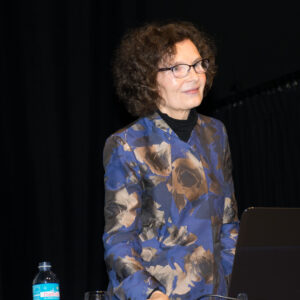
Dr Annick Le Guérer is an anthropologist and philosopher as well as a specialist of the sense of smell, odours, and perfume. She is also an associate member of the University of Burgundy, France, and a member of the Scientific Committee of the Osmothèque, France. Through her books and exhibitions, she has sought to restore the sense of smell and perfume to their rightful place.
Download Honouring the Multifaceted Sense of Smell by Annick Le Guérer HERE.
Josely Carvalho – Olfactory Artist
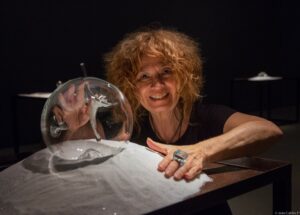
Josely Carvalho is a Brazilian multimedia artist with studios in Rio de Janeiro, Brazil, and New York City, USA. In the last five decades, her art has embraced several mediums, highlighting memory, identity, women issues, and social justice while also challenging the crossings between the artist, the public, art, and politics. Her current project Diary of Smells, is an on-going, cross-disciplinary series of works where olfaction is a protagonist amongst other typically dominant components within contemporary art. Her latest individual exhibits are: Within the Smells of History at Museu Histórico Nacional, Rio de Janeiro, 2022-2023; Suspensio: an interruption of time at Olfactory Art Keller Gallery, New York City, 2021; Diary of Smells: Diary of Smells: Affectio at Museu Nacional de Belas Artes, Rio de Janeiro, 2019; Diary of Smells: Teto de Vidro at Museu de Arte Contemporânea, São Paulo, Brazil, 2018.
Download Diary of Smells: Olfaction as an Experiential Medium 2010-2023 HERE.
Nadjib Achaibou – Perfumer
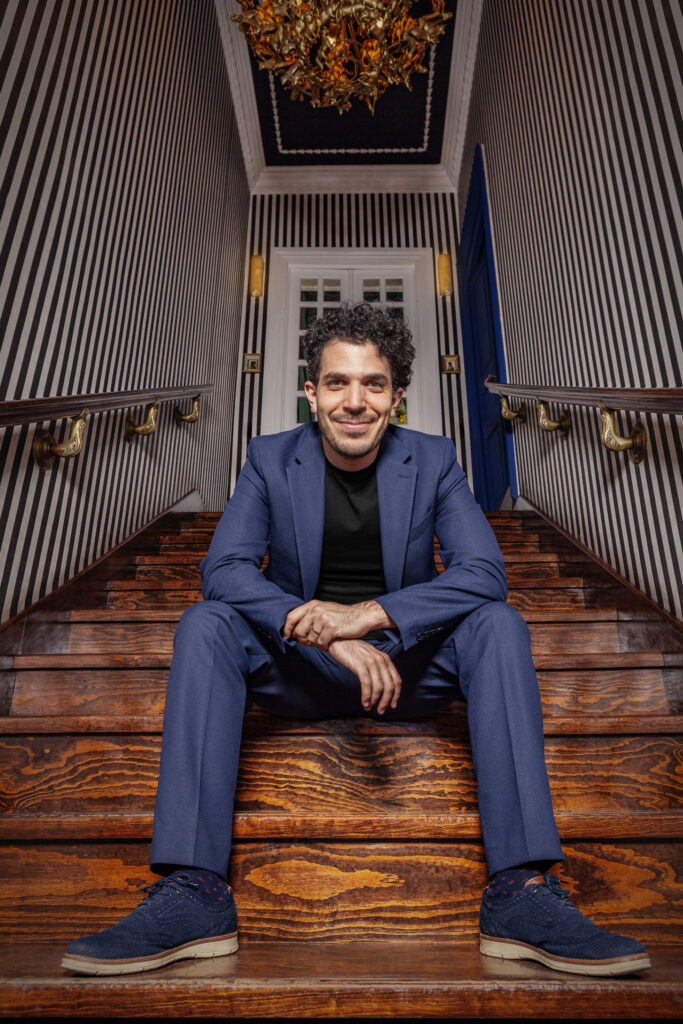
Nadjib Achaibou is a perfumer based in Mexico creating consumer products in Latin America. He is passionate about using fragrance as a storytelling tool in concerts, theatre, and multisensory virtual reality. He is a strong advocate of using scent in artistic contexts, with science, creativity, and safety, to enhance the experience of audiences and creators thanks to the beautiful power of well-created perfumes.
For more information about the licensing and how to source this publication, please view the Zenodo record for the Olfactory Storytelling Toolkit: A ‘How-To’ Guide for Working with Smells in Museums and Heritage Institutions.
The Olfactory Storytelling Toolkit: A ‘How-To’ Guide for Working with Smells in Museums and Heritage Institutions was co-authored by Sofia Collette Ehrich, Inger Leemans, Cecilia Bembibre, William Tullett, Caro Verbeek, Georgios Alexopoulos, Lizzie Marx and Victoria-Anne Michel.
The entire guide was designed by Mijke Wondergem.
